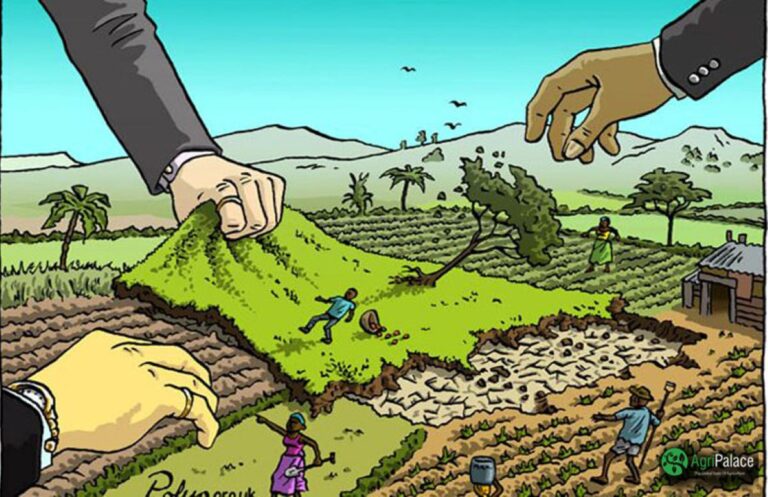a concise description of biotechnology
Biotechnology is the manipulation of biological processes. In the context of agriculture, biotechnology is often synonymous with genetic engineering used to produce Genetically Modified Organisms (GMOs). GMOs are organisms that have a set of genes altered by said engineering. There are three components required in order to make a genetically modified organism: The desired gene…

